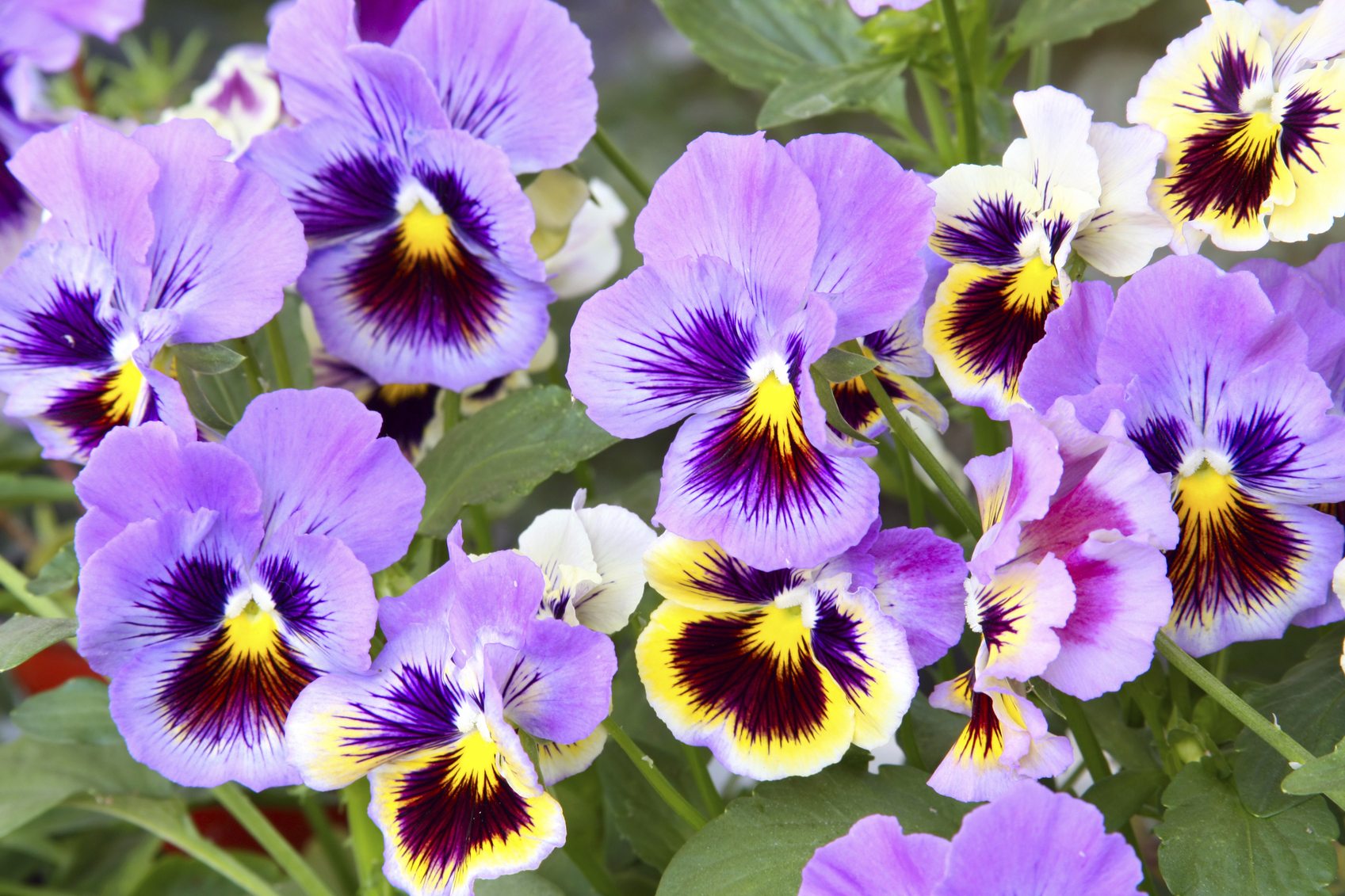Cold Hardy Annuals – Growing Annuals In Zone 4


While zone 4 gardeners are used to having to select trees, shrubs, and perennials that can withstand our frigid winters, the sky’s the limit when it comes to annuals. By definition, an annual is a plant that completes its entire life cycle in one year. It germinates, grows, blooms, sets seeds, and then dies all within one year. Therefore, a true annual is not a plant you have to worry about overwintering in cold climates. However, in zone 4 we tend to grow other, less hardy plants like geraniums or lantana as annuals even though they are perennials in warmer zones. Continue reading to learn about growing annuals in zone 4 and overwintering frost sensitive plants in frost prone areas.
Cold Hardy Annuals
“Annual” is a term we use a little loosely in cool climates for basically anything we grow that cannot survive outdoors in our winters. Tropical plants like cannas, elephant ear, and dahlias are often sold as annuals for zone 4, but their bulbs can be dug up in autumn to be dried and stored indoors through the winter. Plants that are perennials in warmer climates but grown as zone 4 annuals may include:
However, many people in cold climates will simply take these plants indoors through winter and then place them outdoors again in spring. Some true annuals, like snapdragons and violas, will self-sow. Although the plant dies in fall, it leaves behind seeds that lay dormant through winter and grow into a new plant in spring. Not all plant seeds can survive the cold winters of zone 4 though.
Growing Annuals in Zone 4
Some important things to know about growing annuals in zone 4 is that our last frost date can range anywhere from April 1st to mid-May. For this reason, many people in zone 4 will start their seeds indoors in late February to mid-March. Most zone 4 gardeners do not plant their gardens or set annuals out until Mother’s Day or mid-May to avoid damage from late frosts. Sometimes you just have spring fever though and can’t resist purchasing those lush baskets that stores begin to sell in early April. In this case, it’s important to keep an eye daily on the weather forecast. If there is frost in the forecast, move annuals indoors or cover them with sheets, towels, or blankets until the danger of frost has passed. As a garden center worker in zone 4, every spring I have customers who plant annuals or vegetables too early and lose almost all of them due to late frosts in our area. Another important thing to keep in mind in zone 4 is that we can begin to have frosts in early October. If you plan to overwinter frost sensitive plants indoors through winter, start preparing them in September. Dig up canna, dahlia, and other tropical bulbs and let them dry out. Put plants like rosemary, geranium, lantana, etc. into pots that you can easily move inside as needed. Also, be sure to treat any plants that you intend to overwinter indoors for pests in September. You can do this by spraying them with a mixture of dish soap, mouthwash, and water or by simply wiping all surfaces of the plant with rubbing alcohol. The short growing season of zone 4 also means that you must pay attention to “days to maturity” on plant tags and seed packets. Some annuals and vegetables must be started indoors in late winter or early spring so they will have enough time to mature. For example, I love Brussels sprouts, but my one and only attempt to grow them failed because I planted them too late in spring and they did not have adequate time to produce before an early autumn frost killed them. Don't be afraid to try new things. Many beautiful tropical plants and zone 5 or higher perennials can be grown as annuals for zone 4.
Gardening tips, videos, info and more delivered right to your inbox!
Sign up for the Gardening Know How newsletter today and receive a free copy of our e-book "How to Grow Delicious Tomatoes".